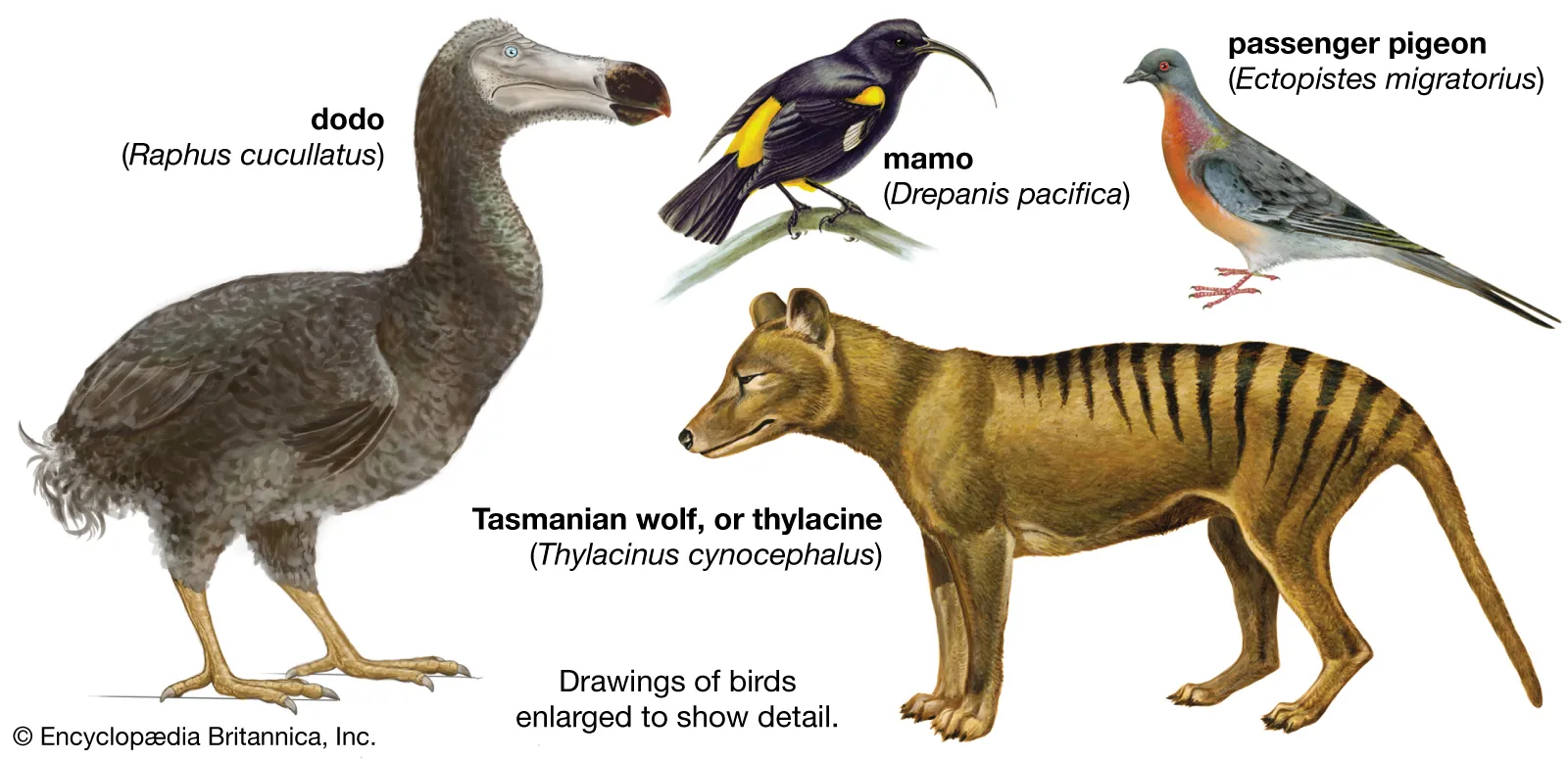The estimated 4.5 billion-year-old planet Earth has had its share of producing life that sustains its species for a millennium. Only to be wiped clean for a new species to take their place.
This is the natural way of life, adapt, evolve or you don’t survive. However, some scientists talk about using a process called de-extinction which, as the name implies, brings once-extinct animals back to the land of the living. Despite the scientists’ great enthusiasm for this groundbreaking study, they have received much pushback from the public to leave the extinct animals alone.
For years, people have worried about scientists making a real-life version of the movie Jurassic Park since the first movie premiered in 1993. While there is severe doubt of scientists trying to create a T-Rex. The truth of the matter may be a little stranger than a fictional movie about dinosaurs wreaking havoc on the unexpecting citizens. According to the website Scholastic News, scientists have told the short version of their wish to create the extinct wooly mammoth. What they don’t go into detail about is that they will not be just bringing back the wooly mammoth with the surviving DNA from the wooly mammoth, instead they are aiming to combine the DNA from an elephant with the DNA of a mammoth, creating a hybrid to mimic the wooly mammoth. In a simple cruel science experiment, the public would comment and would raise concern for the new animals’ possibly suffering from problematic health problems on top of the quality of life for the creature as it will be subject to constant testing.
While the excuse of them not truly bringing back these ancient creatures may not be the most known issue. The question that has everyone wondering is, how exactly these new creatures would react to their modern-day environments. The website Scholastic News claims that instead of aiding the environment, these scientific creatures would do more harm than good. Stating that not only is the public worried about the possible damages that could occur due to these animals. “They’d have to bring back millions of wooly mammoths, and it would take centuries for any positive changes to occur,” says a biologist at the American Museum of Natural History in New York City named Ross MacPhee.
On the other hand, some may feel that these creatures deserve a chance to live again to have the opportunity to flourish. However, that point can be redundant when the simple question of, where would we put these newly created species is brought up. A single wooly mammoth weighs about 6 to 8 tons, that alone can be hard to contain safely. Let alone a whole herd of them.
While it may be sad to think about the fact that multiple species over the years that earth has been around that once flourished only to go extinct due to an unexpected change in environments. Nevertheless, it’s probably best to leave such matters to Mother Nature and the way of life and then bring back these creatures only for them to end up hurting or hurting us.

